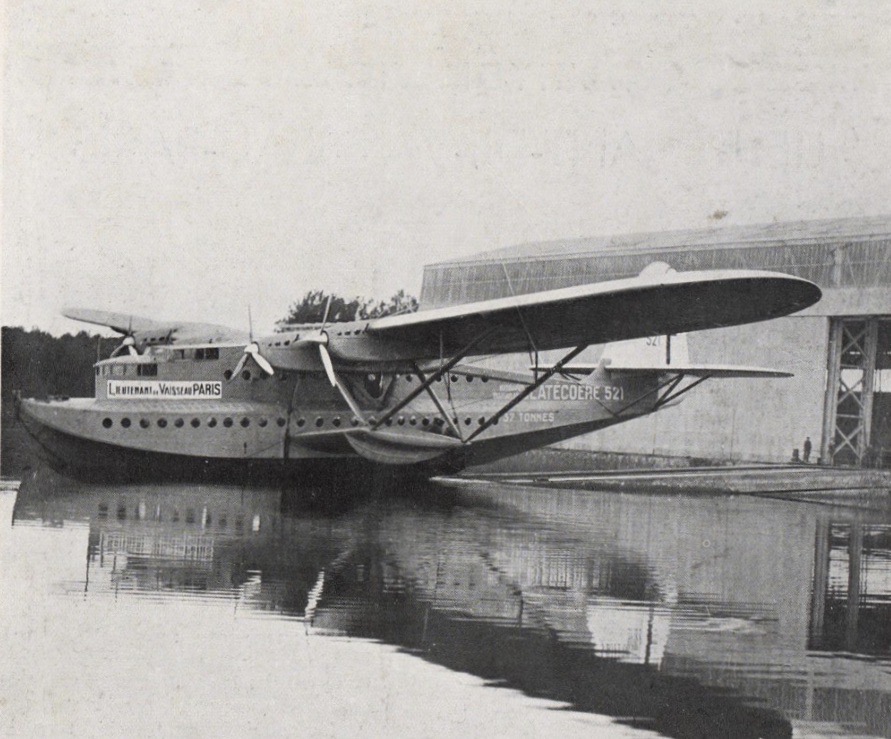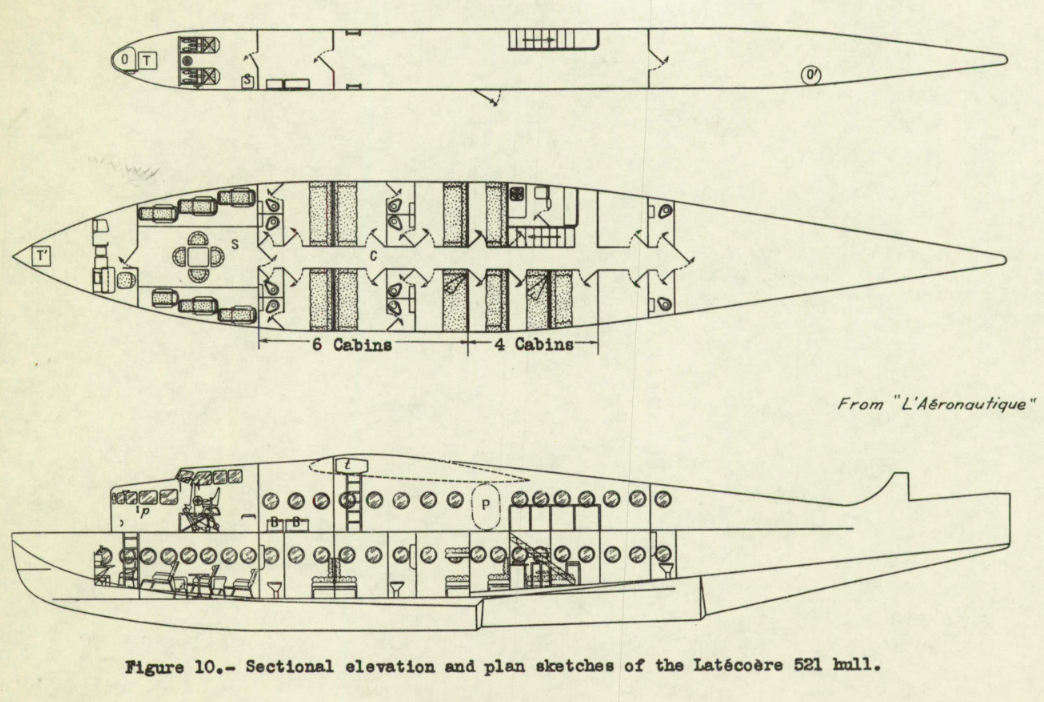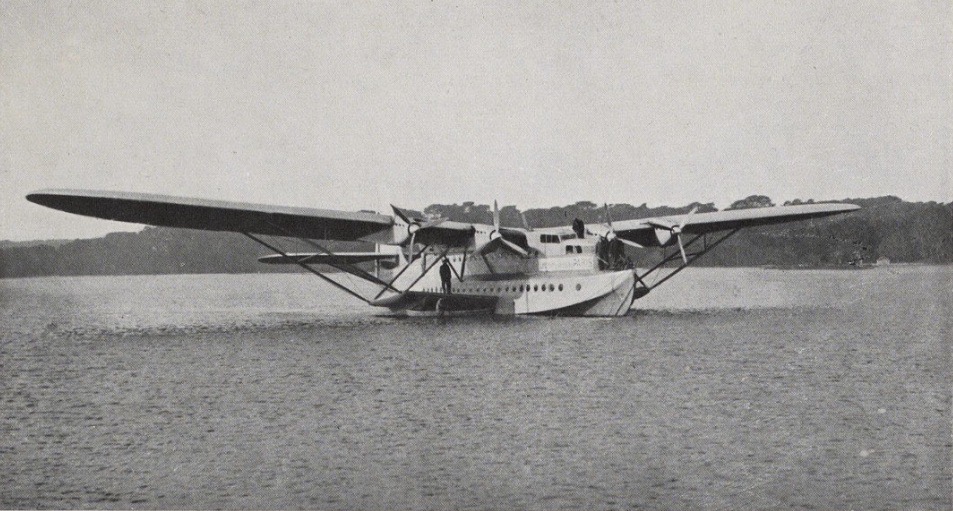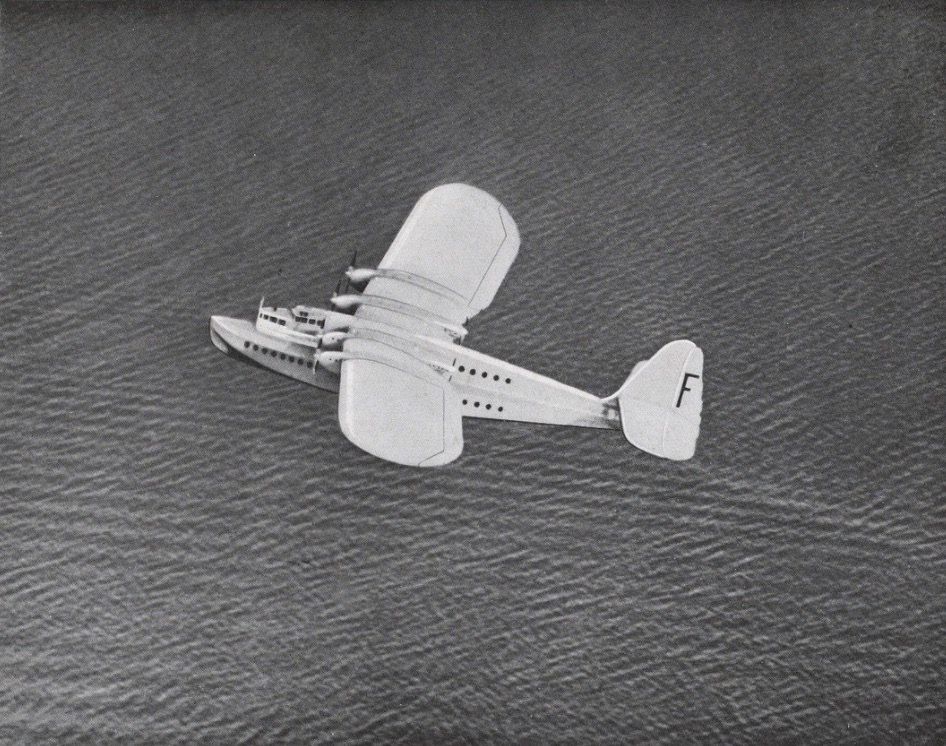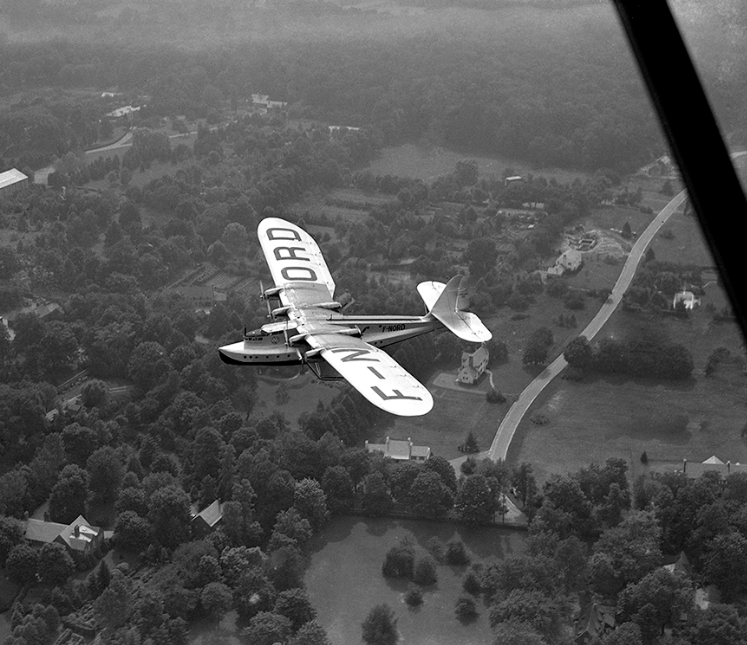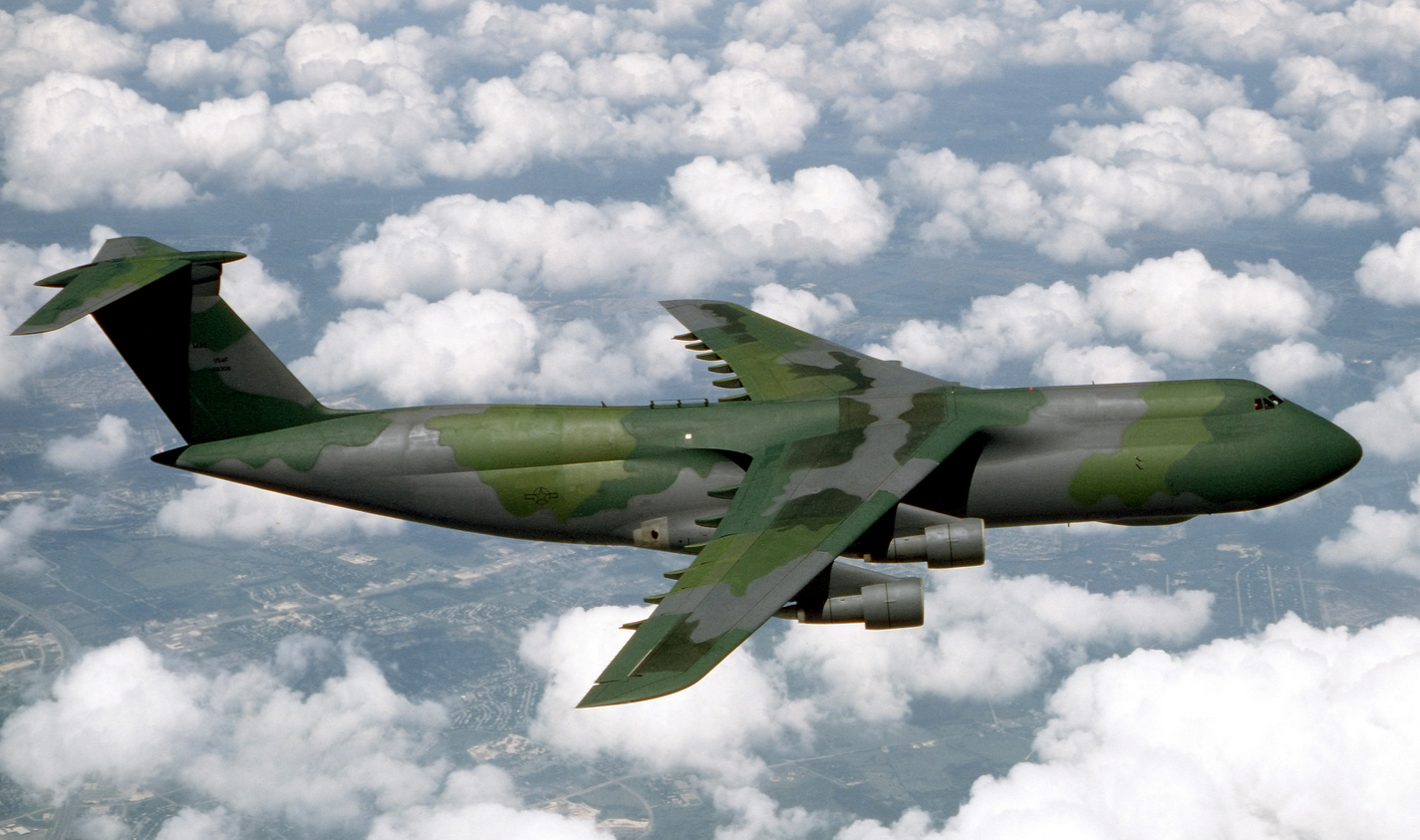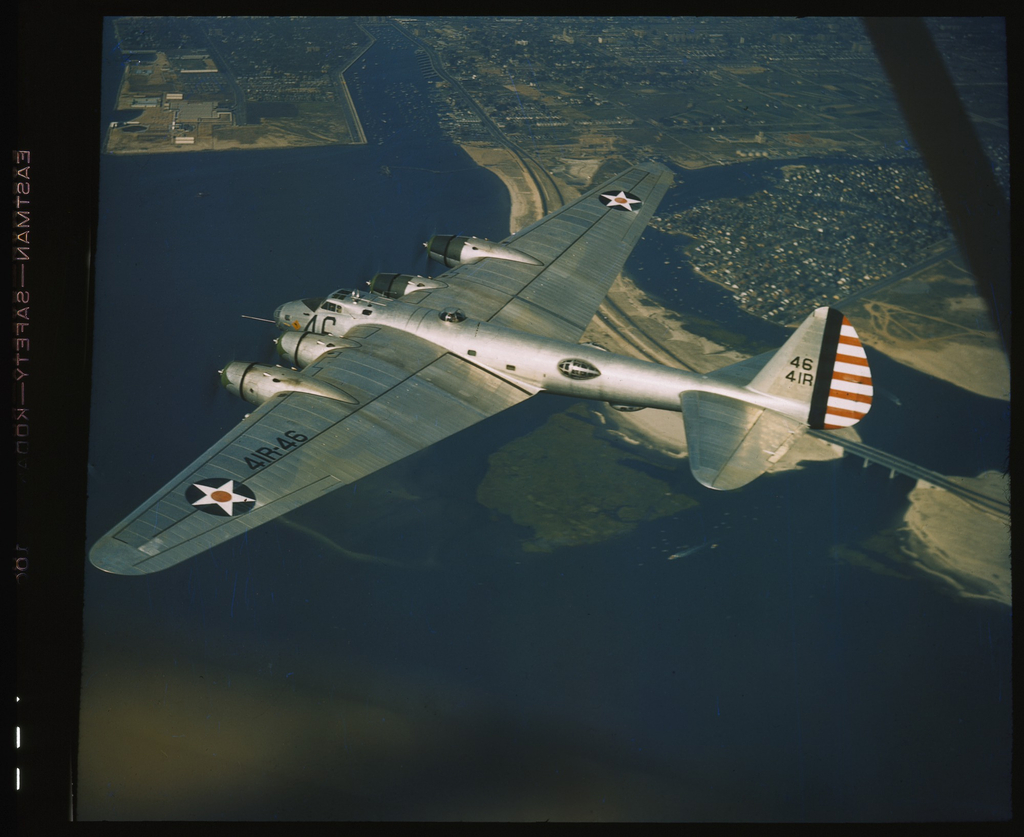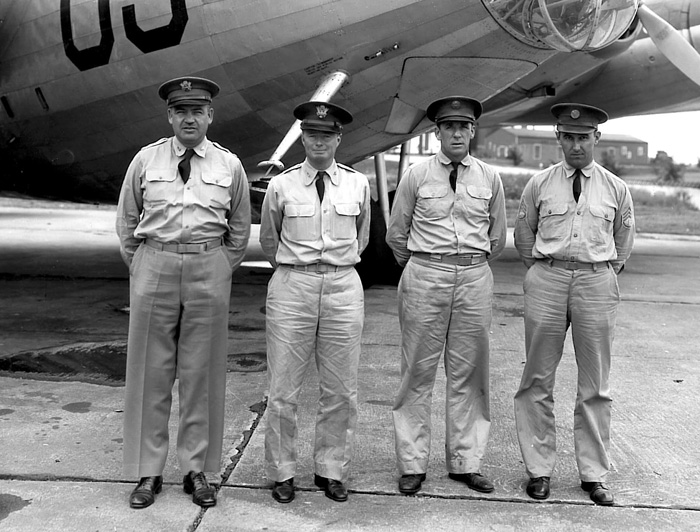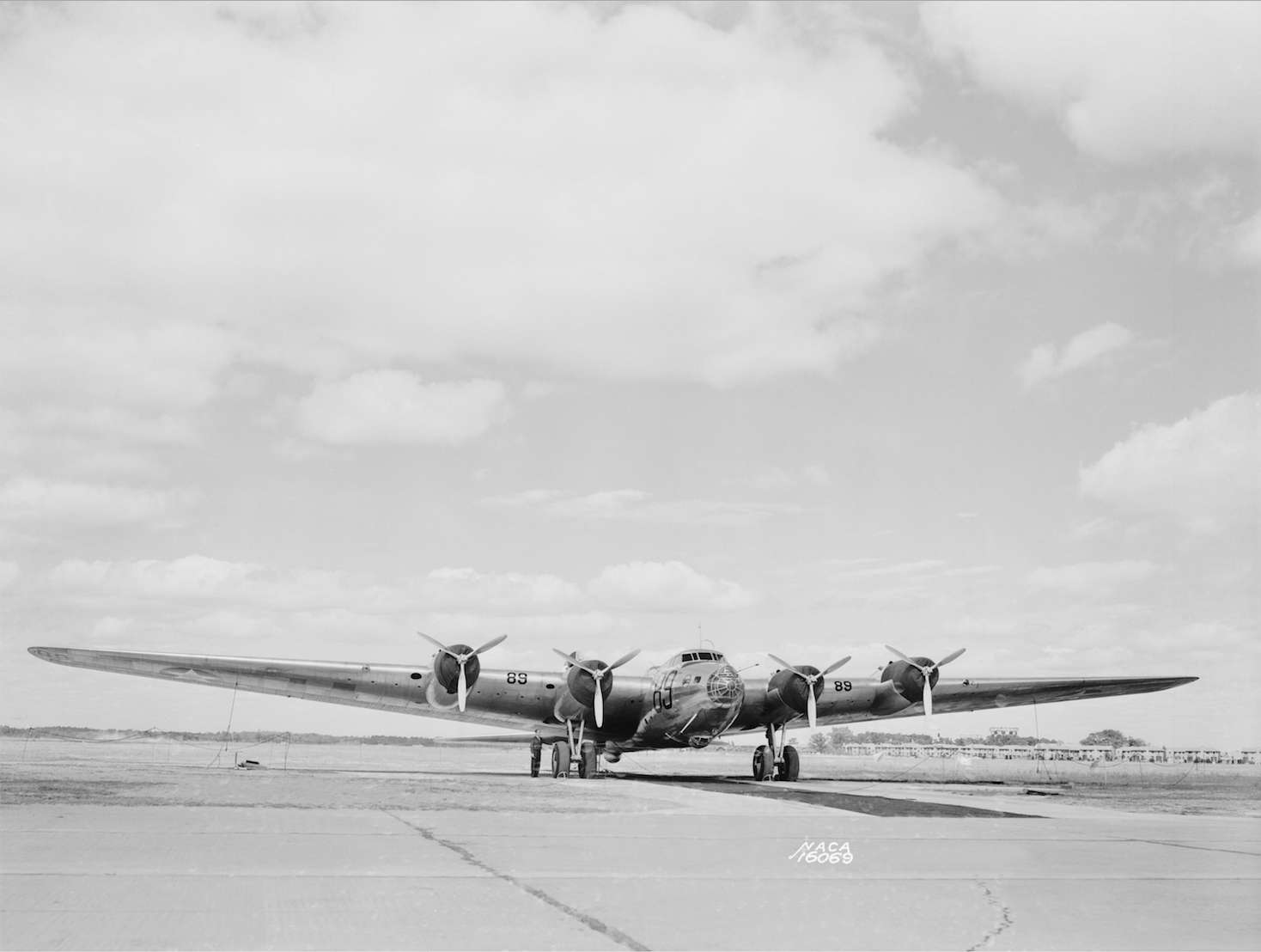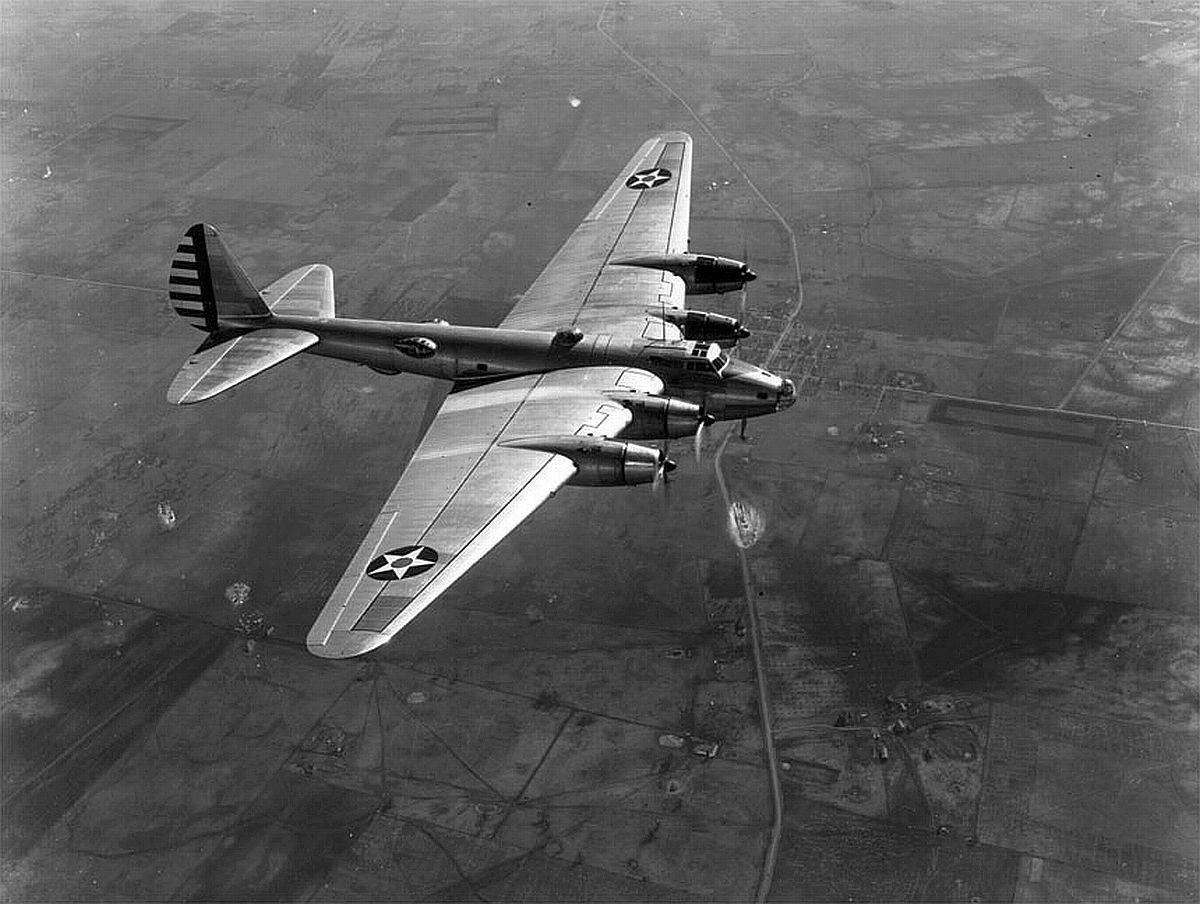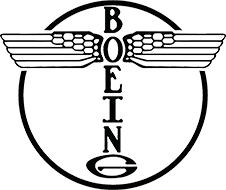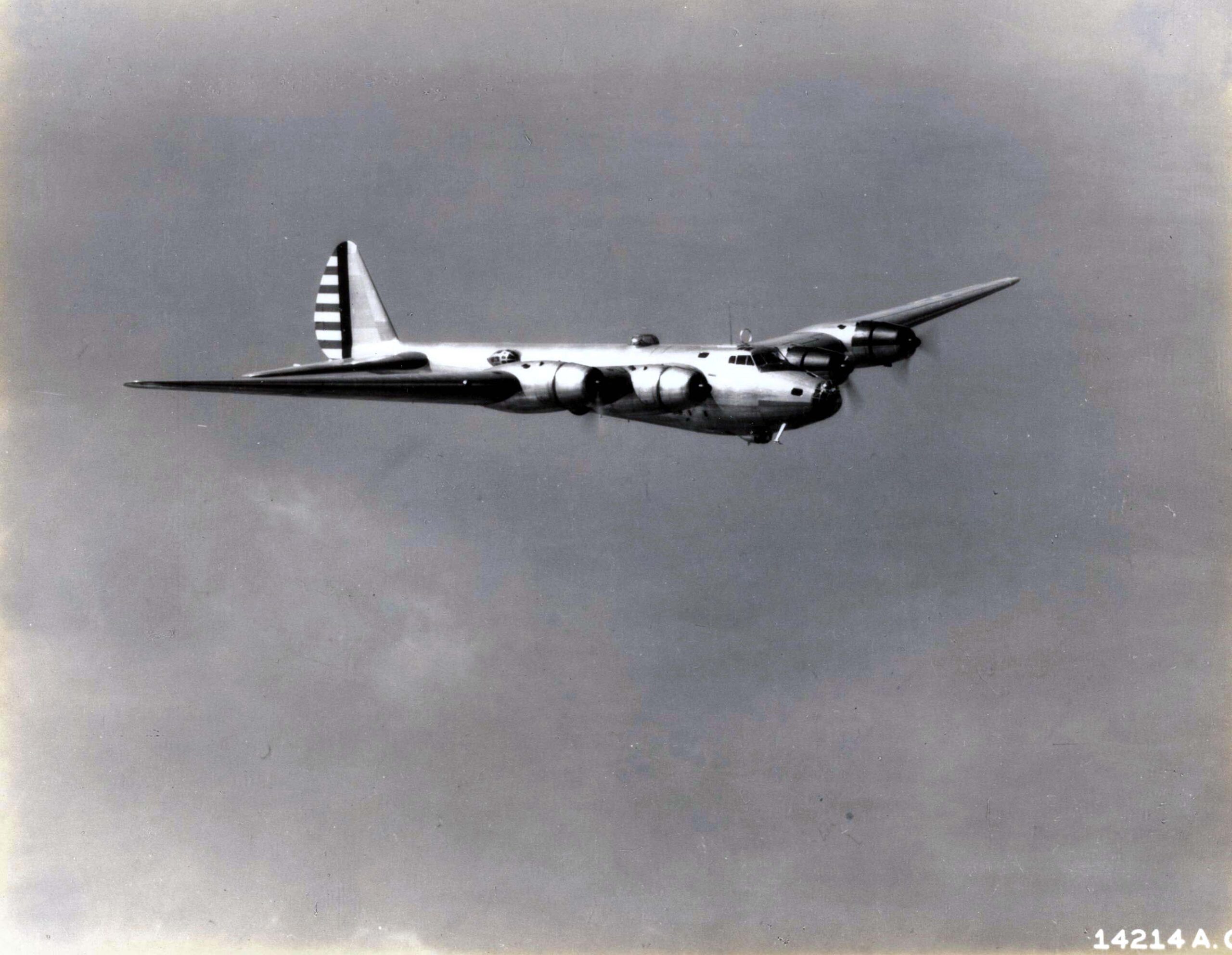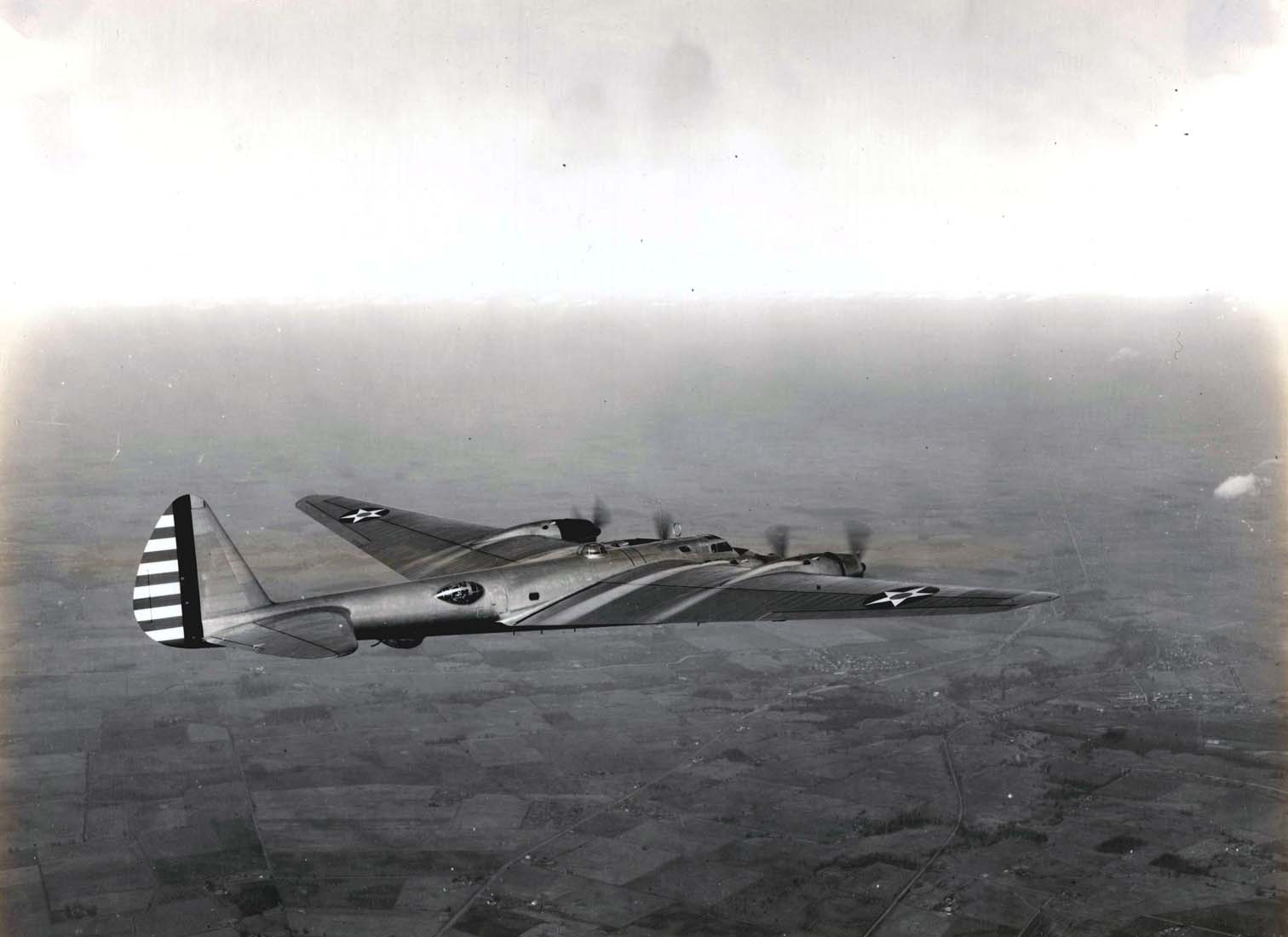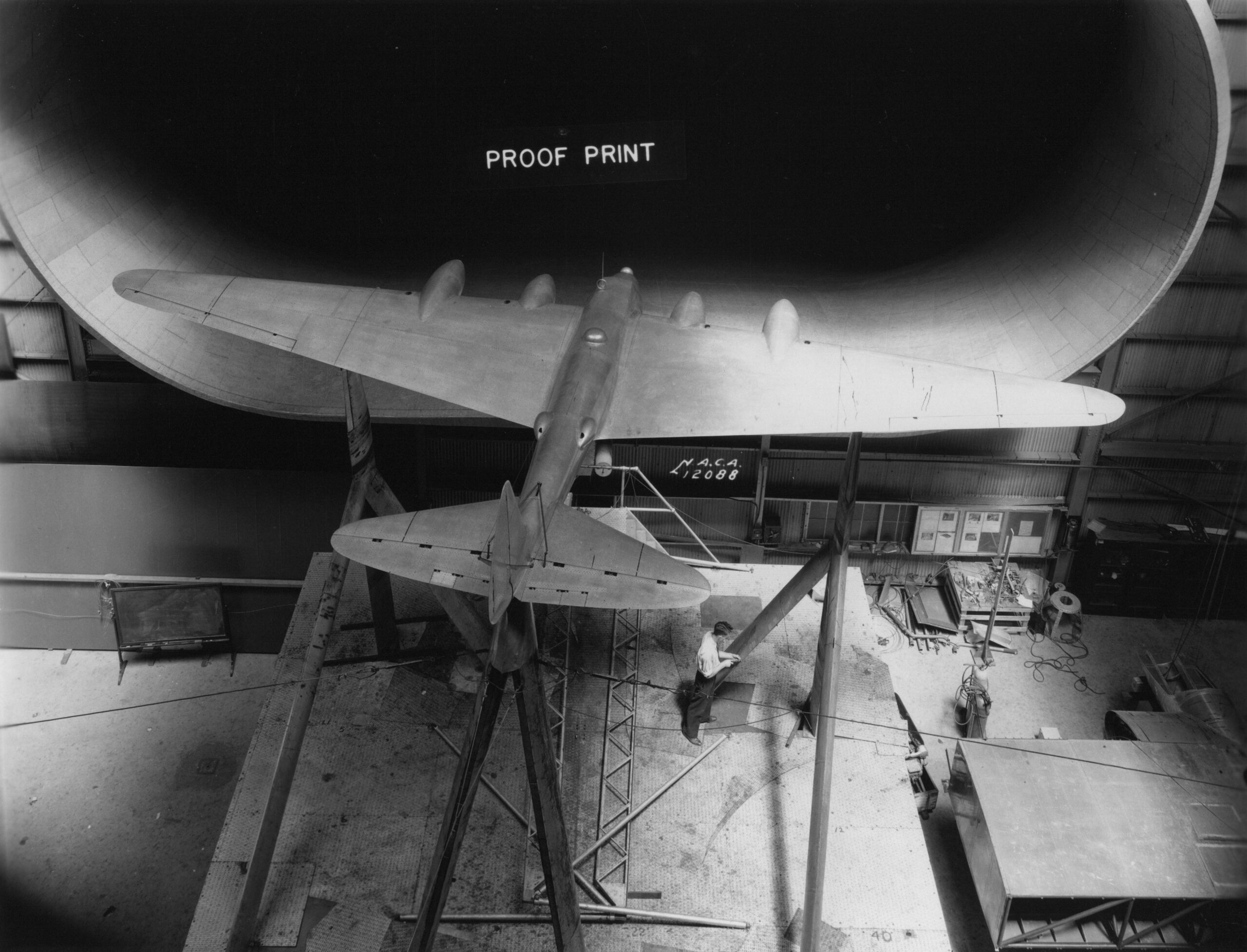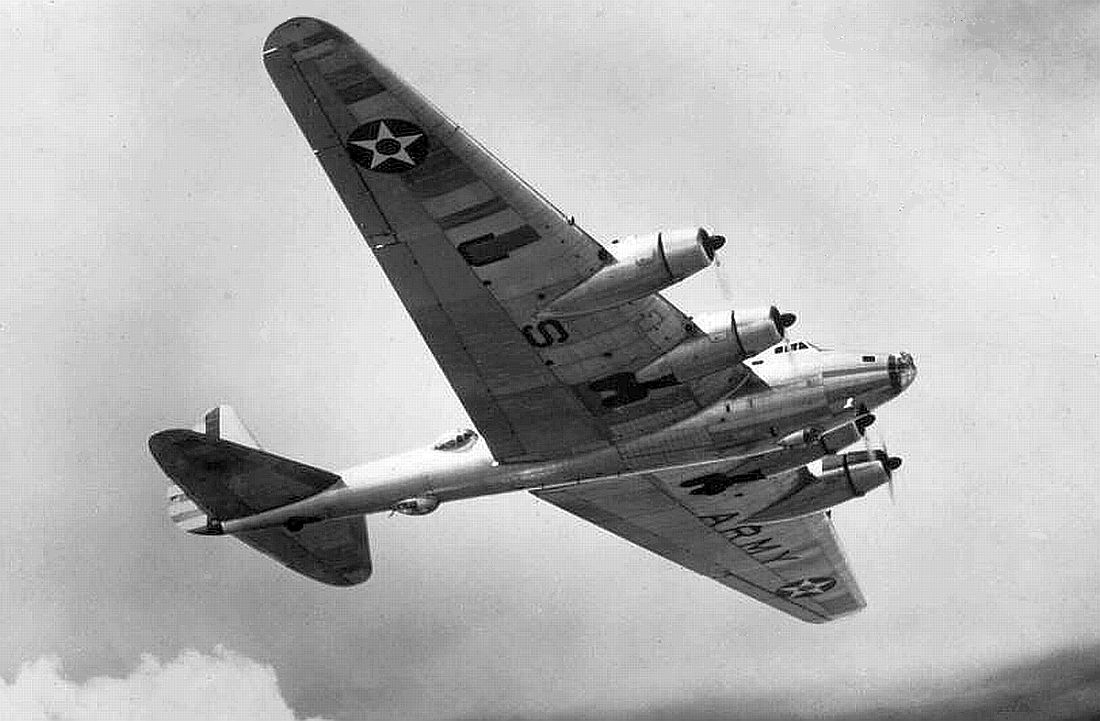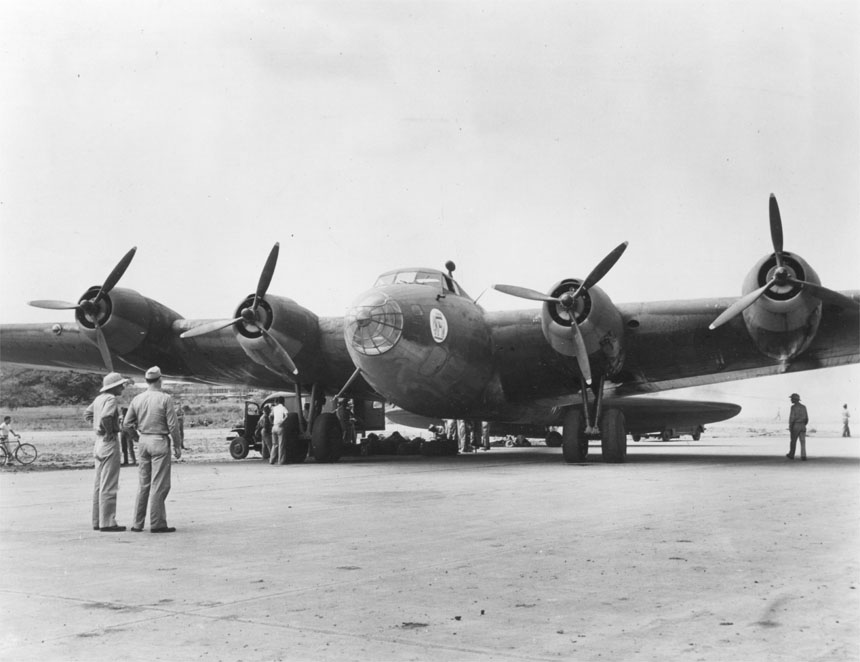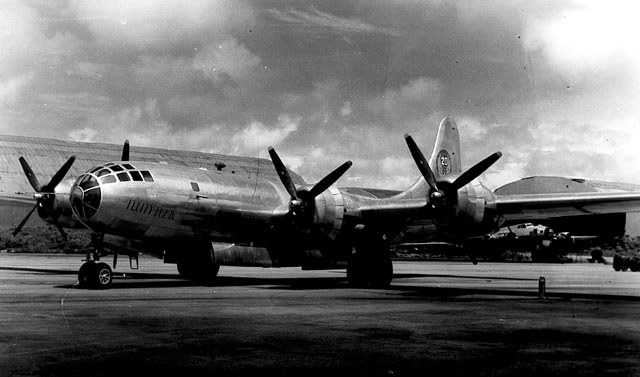
8–19 May 1946: Over an 11-day period, 20th Air Force Boeing B-29 Superfortresses based in the Marianas Islands set a series of twelve payload, altitude and speed records. These records were certified for the Fédération Aéronautique Internationale (FAI) and National Aeronautic Association (NAA) by Charles S. Logsden, the association’s official timer and records keeper. All of the record flights originated from Harmon Field on the Island of Guam.
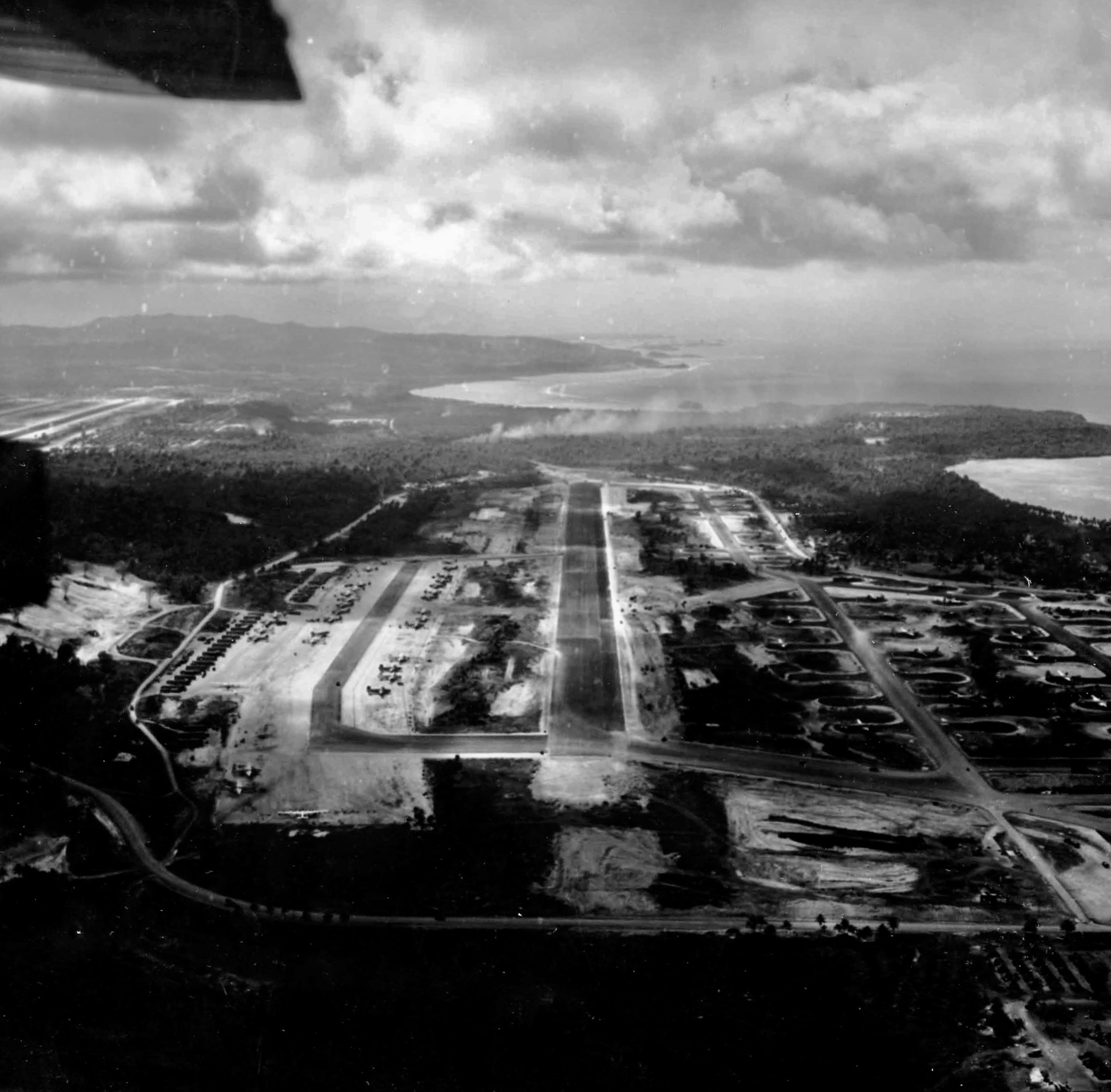
On 8 May, a B-29 flown by Arthur A. Pearson carried a 10 000 kilogram (22,046 pounds) payload to an altitude of 12 668 meters (41,562 feet). [FAI Record File Number 10415] Other members of the flight crew were Vernon L. Dalbey, R.S. Strasburg, I. F. Bork, J.T Collins, and J. Friedberg.
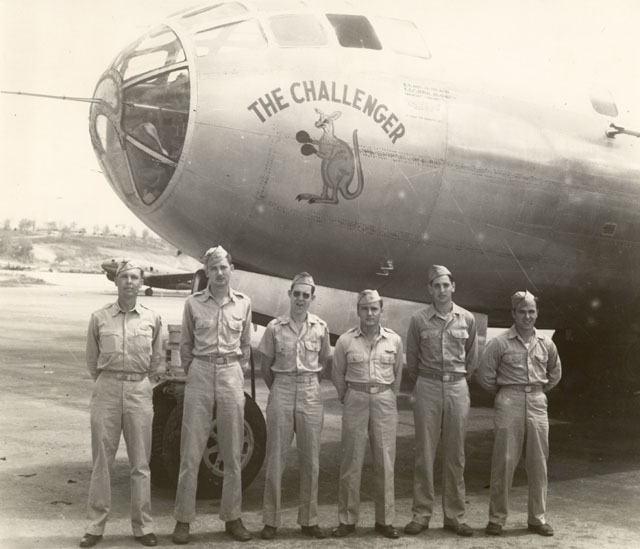
Three days later, 11 May 1946, a B-29 under the command of Colonel Beverly Howard Warren took off from Harmon Field with a payload of 15 166 kilograms (33,435 pounds) and climbed to a height of 2 000 meters (6,562 feet). [FAI Record File Number 8738] The bomber then continued to climb until it reached an altitude of 12 046 meters (39,521 feet). [FAI Record File Number 8736] Colonel Warren (later, Brigadier General) was chief of special projects, headquarters, Pacific Air Command, United States Army (PACUSA). Other members of his crew were J.R. Dale, W.D. Collier, G.S. Fish, and T.H. Hall.
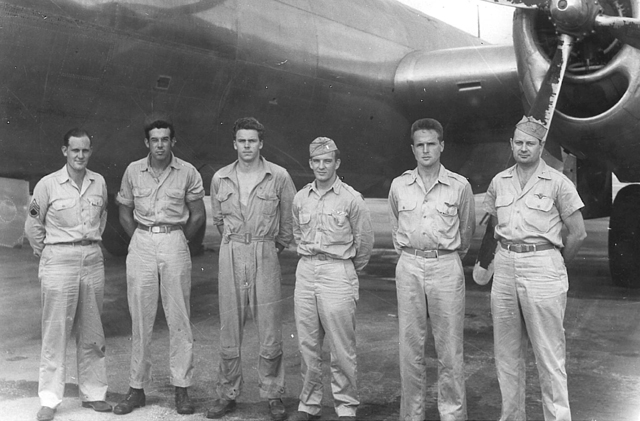
On 13 May, Elbert D. Reynolds, Brian P. Robson, John G. Barnes, T. Madden, K. H. Morehouse, W. C. Flynn,and L. Lentowski flew their Superfortress with a payload of 2 000 kilograms (4,409 pounds) to an altitude 14 180 meters (46,522 feet). [FAI File Number 8738]
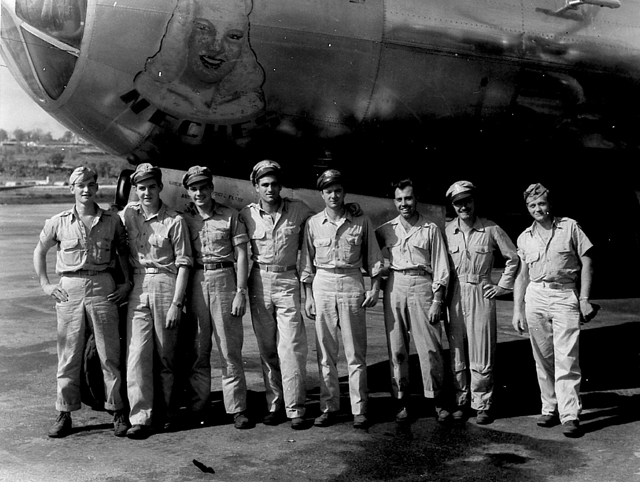
The following day, 14 May, John B. Tobison’s B-29 carried a 5 000 kilogram (11,023 pounds) payload to an altitude of 13 793 meters (45,253 feet). [FAI Record File Number 8243] The members of his crew were A.W. Armistead, R.M. Beattie, E.J. Joyce, R.F. Johnson and M.R. Genta.
On 15 May, Finlay Ross and his crew, which included Dougall M. Davis, flew their B-29 to an altitude of 14 603 meters (47,910 feet) with a payload of 1 000 kilograms (2,205 pounds). [FAI Record File Number 8194]
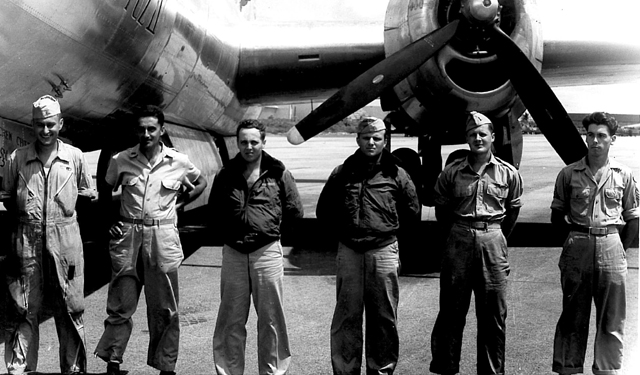
17 May: E.M Graboski flew his B-29 around a closed circuit for a distance of 1 000 kilometers (621.37 miles) with a 5 000 kilogram (11,023.1 pounds) payload, with an average speed of 594,97 km/h (369.697 m.p.h.). [FAI Record File Number 10424] Continuing around the closed circuit for a total of 2 000 km (1,242.74 mi.), Grabowski and his crew set records for an average speed of 588.46 km/h (365.652 m.p.h.) with a 1 000 kg (2,204.6 lbs.) payload [FAI File #13329]; 2 000 kg (4,409.3 lbs.) [FAI # 13330]; and 5 000 kg (11,023.1 lbs.). [FAI # 10425] Grabowski’s crew members were J.J. Liset, D.P. Kelly, O.W. Lambert, F.M. Polmotier.
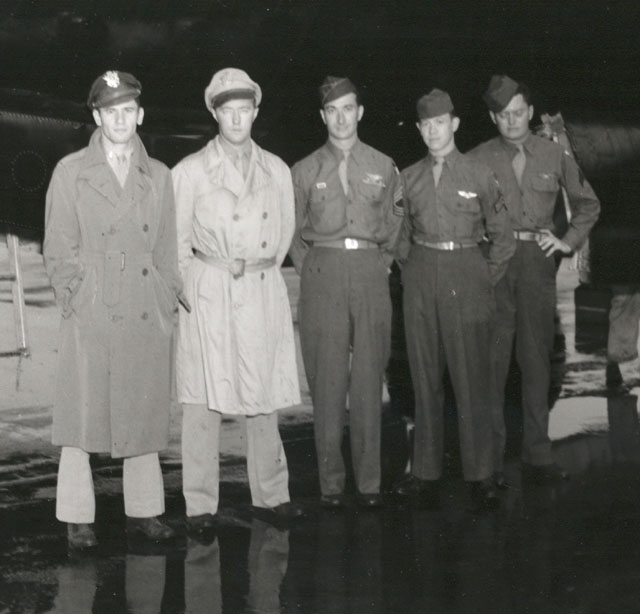
Finally. on 19 May 1946, J.D. Bartlett, with his crewmen, William Murray, C.M. Youngblood, Don J. Shrader, and R.F. Wilson, flew their Superfortress around a closed circuit if 1 000 km (621.37 mi.) with a payload of 10 000 kg (22,046 lbs.) at an average speed of 575,71 km/h (357.730 m.p.h.); [FAI # 10408]; and 2 000 km (1,243.74 mi.) at 574,59 km/h (357.034 m.p.h.) (FAI # 10409]
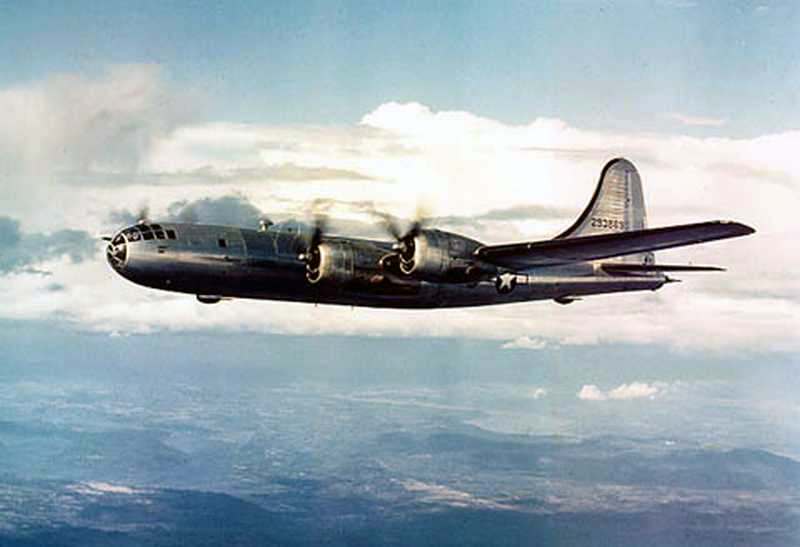

The Superfortress was manufactured by Boeing at Seattle and Renton, Washington, and Wichita, Kansas; by the Glenn L. Martin Company at Omaha, Nebraska; and by Bell Aircraft Corporation, Marietta, Georgia.
There were three XB-29 prototypes, 14 YB-29 pre-production test aircraft, 2,513 B-29 Superfortresses, 1,119 B-29A, and 311 B-29B aircraft. The bomber served during World War II and the Korean War and continued in active U.S. service until 1960. In addition to its primary mission as a long range heavy bomber, the Superfortress also served as a photographic reconnaissance airplane, designated F-13, a weather recon airplane (WB-29), and a tanker (KB-29).
The B-29 was operated by a crew of 11 to 13 men. It was 99 feet, 0 inches (30.175 meters) long with a wingspan of 141 feet, 3 inches (43.068 meters). The vertical fin was 27 feet, 9 inches (8.305 meters) high. The airplane’s empty weight was 71,500 pounds (32,432 kilograms). Its maximum takeoff weight of 140,000 pounds (63,503 kilograms).
The B-29’s wings had a total area of 1,720 square feet (159.8 square meters). They had an angle of incidence of 4° and 4° 29′ 23″ dihedral. The leading edges were swept aft to 7° 1′ 26″.

The maximum speed of the B-29 was 353 knots (406 miles per hour/654 kilometers per hour) at 30,000 feet (9,144 meters), though its normal cruising speed was 216 knots (249 miles per hour/400 kilometers per hour) at 25,000 feet (7,620 meters). The bomber’s service ceiling was 40,600 feet (12,375 meters) and the maximum ferry range was 4,492 nautical miles (5,169 statute miles/8,319 kilometers).
The Superfortress could carry a maximum of 20,000 pounds (9,072 kilograms) of bombs in two bomb bays. For defense, it was armed 12 Browning AN-M2 .50-caliber machine guns in four remote, computer-controlled gun turrets and a manned tail position. The bomber carried 500 rounds of ammunition per gun. (Some B-29s were also armed with an M2 20 mm autocannon at the tail.)
A number of B-29 Superfortresses are on display at locations around the world, but only two, the Commemorative Air Force’s B-29A-60-BN 44-62070, Fifi, and B-29-70-BW 44-69972, Doc, are airworthy. (After a lengthy restoration, Doc received its Federal Aviation Administration Special Airworthiness Certificate, 19 May 2016.)
© 2020, Bryan R. Swopes
